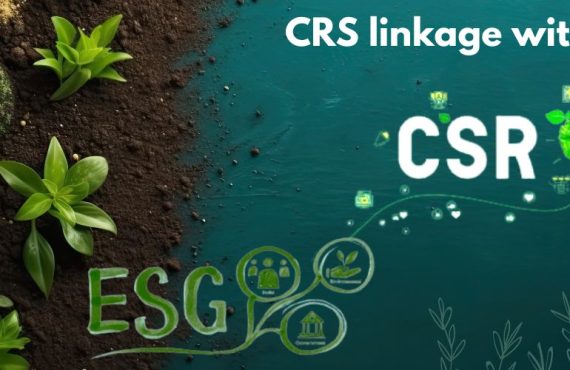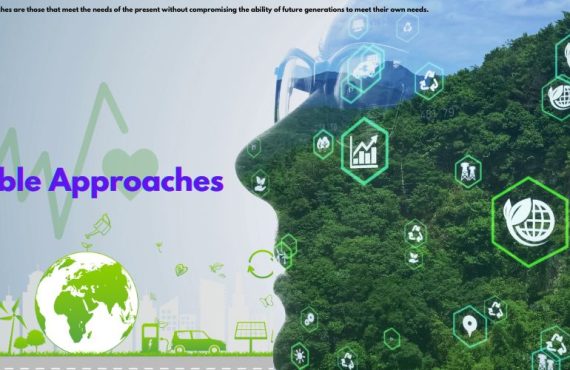BRSR vs. GRI:
Sustainability reporting has become a cornerstone of corporate governance, driven by heightened global awareness and increasing regulatory requirements. Among the prominent frameworks, India’s Business Responsibility and Sustainability Reporting (BRSR) and the internationally recognized Global Reporting Initiative (GRI) stand out as comprehensive approaches to Environmental, Social, and Governance (ESG) disclosures. While both prioritize transparency and accountability, their methodologies, scopes, and impacts differ significantly, making it essential for businesses to understand their nuances.
BRSR: India’s Sustainability Blueprint
Introduced by the Securities and Exchange Board of India (SEBI), BRSR is a mandatory framework for the top 1,000 listed companies in India. It aligns corporate actions with United Nations Sustainable Development Goals (SDGs) and India-specific socio-economic priorities, including gender diversity and equitable growth. By emphasizing quantitative and qualitative metrics, BRSR ensures consistency and accountability, reflecting India’s commitment to sustainability. Its domestic focus caters primarily to regulators and local stakeholders.
GRI: The Global Gold Standard
In contrast, GRI is a voluntary framework renowned for its global applicability and standardized guidelines. It adopts a stakeholder-centric approach, addressing diverse interests, including investors, customers, and employees worldwide. GRI’s comprehensive disclosures offer flexibility and are widely adopted by multinational corporations to gain global recognition. Its emphasis on broader contributions to the SDGs positions it as the gold standard for organizations seeking credibility in international markets.
BRSR vs. GRI: Tailored for Local or Global Impact?
- Scope: BRSR focuses on Indian socio-economic priorities; GRI has a universal lens for global stakeholders.
- Approach: BRSR combines quantitative and qualitative metrics; GRI allows extensive voluntary disclosures.
- Audience: BRSR targets regulators and domestic investors, while GRI appeals to international audiences.
The Power of Dual Adoption
Despite their differences, BRSR and GRI share synergies, enabling businesses to transition seamlessly between frameworks. Adopting GRI can prepare organizations for BRSR compliance while enhancing global credibility. Together, these frameworks empower companies to address local and global challenges, aligning with regulatory mandates and fostering sustainable growth.
Driving Sustainability with Strategic Reporting
BRSR and GRI are more than reporting tools; they are strategic frameworks for driving corporate sustainability. By leveraging both, businesses can enhance ESG performance, meet diverse stakeholder expectations, and contribute to a global sustainability agenda. Balancing these frameworks enables organizations to stay competitive, compliant, and future-ready.


















